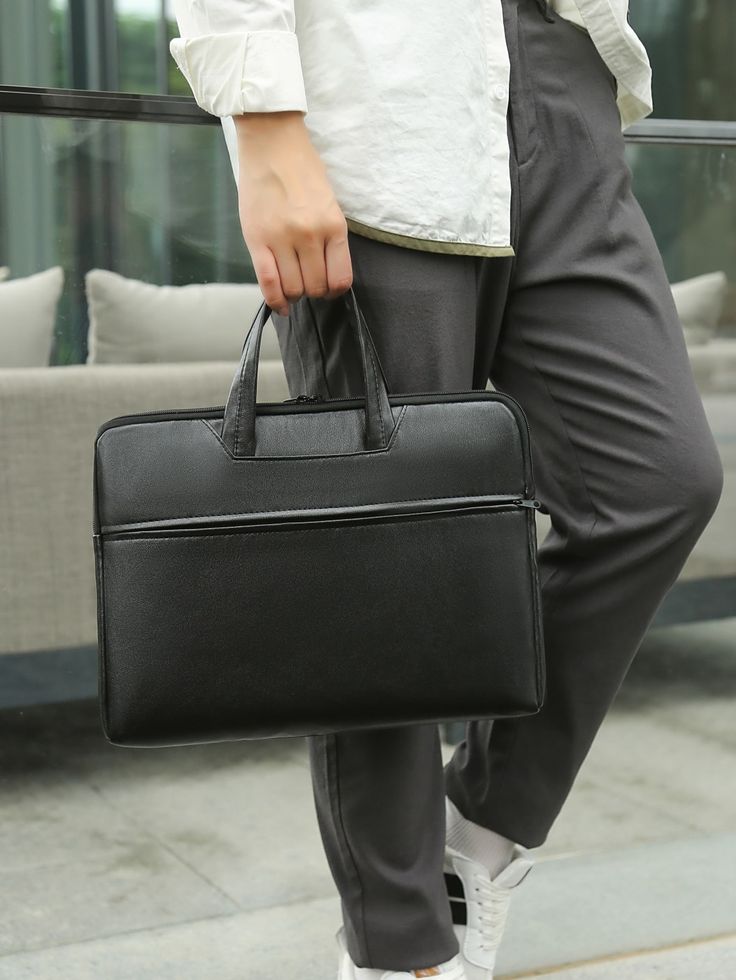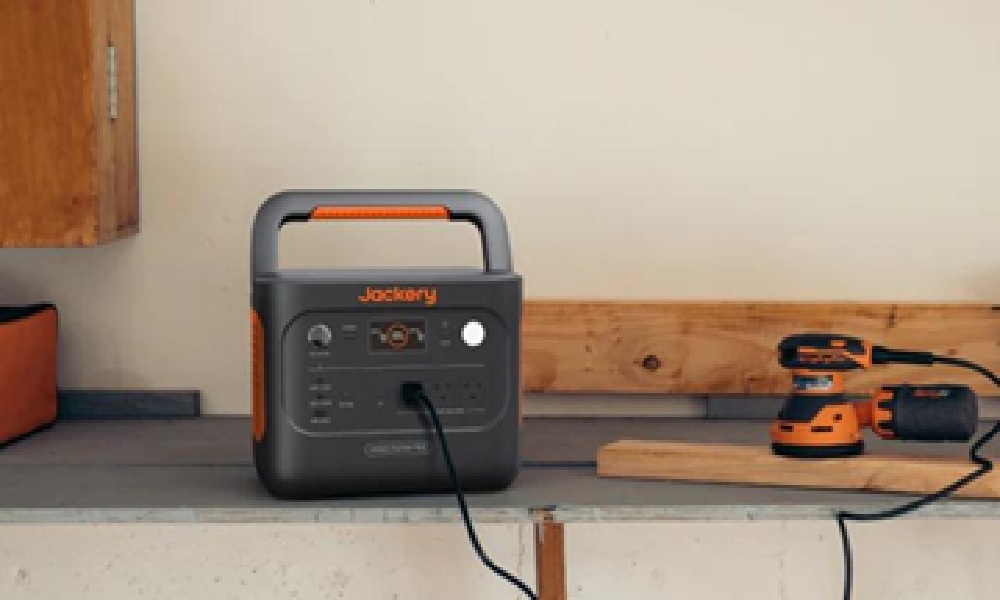Briefcases: Your Stylish Sidekick for Work and Beyond

Hey there, let’s talk about briefcases—those sleek, sophisticated bags that scream “I mean business” while keeping your laptop, documents, and daily essentials in check. Whether you’re strutting into a boardroom, hopping between coffee shop meetings, or traveling for work, a good briefcase is like your professional wingman, blending style, function, and a touch of swagger. In this laid-back guide, I’ll walk you through why briefcases are a must-have, the key features to look for, how they stack up against backpacks, some killer brands and models, and a no-nonsense buying guide to help you pick the perfect one. Let’s get to it!
Introduction: Why Briefcases Are Your Workday MVP
Imagine this: you’re heading to a big meeting, your laptop’s safely tucked away, your notes are organized, and you look like you just stepped out of a magazine. That’s the power of a great briefcase. Unlike backpacks or duffels, briefcases are designed with professionals in mind, offering a polished look for the office, client meetings, or business trips. They’re perfect for anyone who needs to carry tech, documents, and a few essentials without sacrificing style. Whether you’re a lawyer, entrepreneur, or creative on the go, a briefcase helps you make a statement while keeping your gear secure and organized.
Key Features to Look for in Briefcases
A briefcase isn’t just about looking sharp—it’s got to work as hard as you do. Here’s what to check for when picking one:
- Size and Device Compatibility
Your briefcase needs to fit your laptop (usually 13–16 inches) and other essentials like folders or a tablet. Look for a dedicated laptop sleeve with enough room for your device and any protective case. The Samsonite Leather Slim Briefcase, for example, fits up to 15.6-inch laptops while keeping things slim.
- Protection for Your Gear
Your tech and documents need to stay safe. A padded laptop compartment is a must to cushion against bumps, like in the Fossil Haskell Leather Briefcase. For paper files, look for reinforced compartments to prevent creasing, as seen in the Shinola Navigator Leather Briefcase.
- Storage and Organization
A good briefcase keeps your stuff from turning into a jumbled mess. Multiple compartments, pen loops, card slots, and zippered pockets are key for organizing chargers, business cards, and keys. The Dagne Dover Signature Tote doubles as a briefcase with a laptop sleeve and clever pockets for everything else.
- Comfort and Portability
Briefcases often come with a top handle and a detachable shoulder strap for versatility. Padded straps, like on the Knomo London Mayfair, make carrying comfier. For travelers, a trolley sleeve (like on the Carl Friedrik Palissy) lets you slide it onto your suitcase handle.
- Durability and Material Quality
You want a briefcase that can handle daily commutes and occasional spills. Full-grain leather, like in the Shinola Navigator, ages beautifully and lasts forever. For a lighter option, ballistic nylon or vegan leather, as used in the Samsonite Xenon 3 Slim, offers durability without the weight.
- Style and Professional Appeal
A briefcase should match your vibe. Classic leather designs (e.g., Fossil Haskell) are timeless for traditional offices, while modern fabric or hybrid options (e.g., Dagne Dover) suit creative or casual settings. Look for clean lines and minimal branding for versatility.
Briefcases vs. Backpacks: What’s the Right Fit?
Briefcases are the go-to for professionals, but how do they compare to backpacks? Let’s break it down:
Portability and Ease of Transport
- Briefcases: These are perfect for short commutes or meetings, with a handle or shoulder strap for easy carrying. They’re less bulky than backpacks but can strain one shoulder if overloaded. The Carl Friedrik Palissy’s trolley sleeve makes it a travel champ.
- Backpacks: Backpacks distribute weight across both shoulders, making them comfier for long walks or heavy loads. The Troubadour Apex 3.0, for instance, is great for biking or hiking to work but lacks the briefcase’s polished look.
Navigating Crowded Spaces
- Briefcases: Their slim profile makes them easy to carry in crowded trains or offices. The Knomo London Mayfair slips under seats or desks with ease. However, they’re less hands-free than backpacks.
- Backpacks: Backpacks shine in tight spaces like buses or airports, keeping your hands free. The Pacsafe Go is a slim pick for crowds, but it can look too casual for formal settings.
Who They’re For
- Business Professionals: Briefcases like the Shinola Navigator or Samsonite Leather Slim are ideal for lawyers, executives, or anyone needing a professional edge. Backpacks work for casual offices but can feel out of place in boardrooms.
- Commuters: Briefcases suit short, car-based commutes or urban offices. Backpacks like the Timbuk2 Authority Deluxe are better for biking or long walks.
- Travelers: Briefcases with trolley sleeves (e.g., Carl Friedrik Palissy) are great for business trips, while backpacks like the Peak Design 45L are better for carry-on travel or backpacking.
The Verdict: Briefcases are your pick for a sleek, professional look and short commutes, while backpacks are better for hands-free comfort and heavier loads. Choose based on your work style and daily hustle.
Buying Guide: How to Pick Your Perfect Briefcase
Finding the right briefcase is like picking the perfect suit—it’s gotta fit your style and make you feel like a boss. Here’s how to choose:
- Know Your Vibe:
- Corporate Pros: Go for classic leather like the Shinola Navigator for a boardroom-ready look.
- Creatives/Freelancers: Try a modern hybrid like the Dagne Dover Signature Tote for a chic, casual vibe.
- Frequent Travelers: Pick a briefcase with a trolley sleeve, like the Carl Friedrik Palissy, for easy airport navigation.
- Check Device Fit: Ensure the laptop sleeve fits your device. If you carry a tablet or extra gear, look for padded secondary pockets.
- Focus on Comfort: A padded shoulder strap and lightweight design (like the Knomo Mayfair) make carrying easier. Test the handle’s grip for comfort.
- Prioritize Protection: Padded laptop compartments and water-resistant materials are key. RFID-blocking pockets, as in the Knomo London, add security for cards.
- Think Organization: Need space for files, pens, or a charger? Look for multiple compartments and easy-access pockets, like in the Samsonite Leather Slim.
- Set a Budget: You can grab a solid briefcase like the Samsonite Leather Slim for $150–$200 or splurge on the Shinola Navigator ($800–$900). Balance style, durability, and cost.
- Do Your Research: Check reviews on sites like Forbes or The Strategist, and if possible, try the briefcase in-store to feel the weight and quality.
- Look for Extras: Trolley sleeves, lockable zippers, or eco-friendly materials (like Dagne Dover’s recycled options) add value and convenience.
Conclusion: Elevate Your Work Game with a Great Briefcase
A briefcase isn’t just a bag—it’s a statement. It says you’re ready to crush that presentation, close that deal, or make that flight without breaking a sweat. Whether you’re drawn to the timeless elegance of the Shinola Navigator or the modern versatility of the Dagne Dover Signature Tote, the right briefcase can transform your workday and travel routine. Think about your style, your needs, and how you move through the world, then pick a briefcase that feels like an extension of you. Trust me, with the right one by your side, you’ll be ready to take on anything—looking sharp the whole way.





